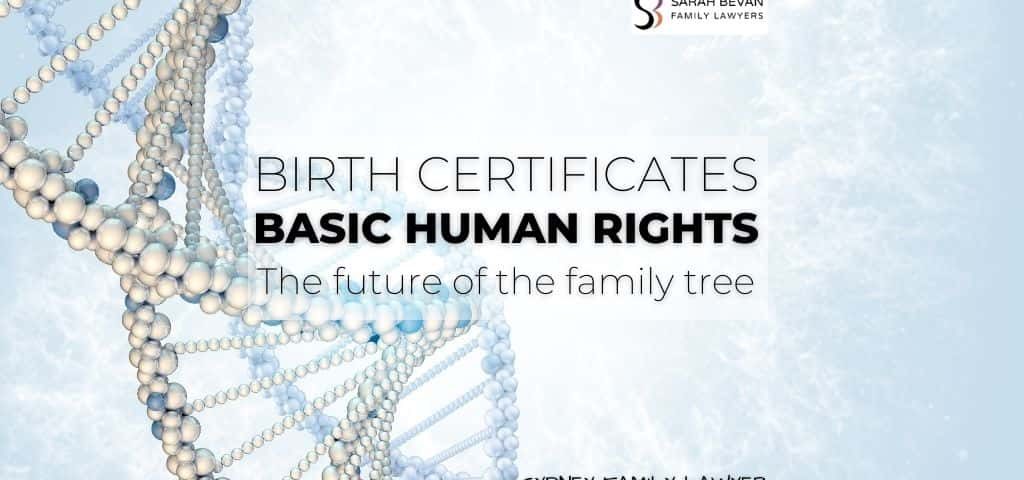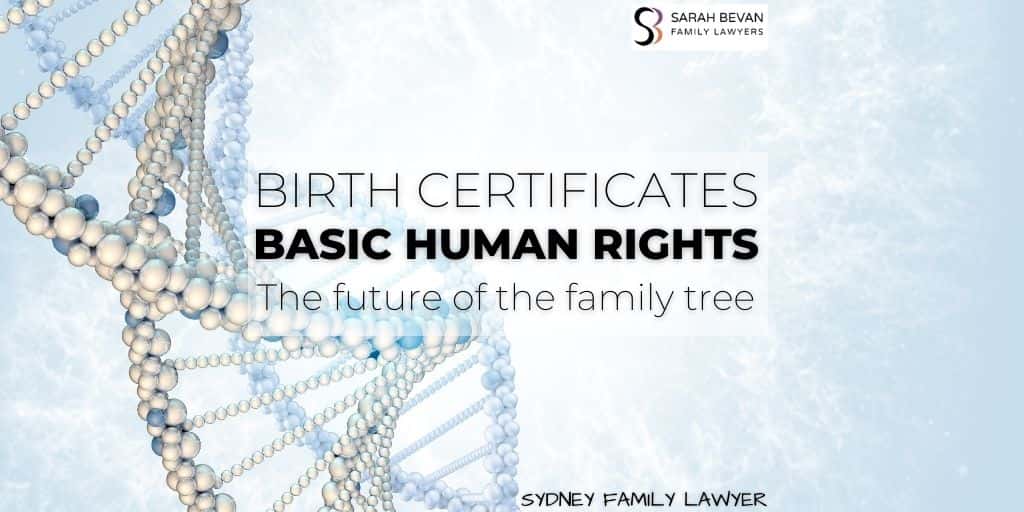- Sydney Family Lawyers
- (02) 9633 1088
- mail@sbfamilylawyers.com.au
‘Basic human rights’: The fight to change our birth certificates and the future of the family tree
Published in The Sydney Morning Herald, March 26th, 2023
Author: Tim Barlass
Skip to Sarah Bevans’s interview.
A traditional family tree has a fairly predictable structure. Mum (female) and dad (male) lead back to four grandparents and eight great-grandparents and beyond, all of predictable sex. Fairly quickly you can get back three or four generations and into the distant past.
Not to say that those records are always reliable – some paper over the cracks of relationships on the wrong side of the blanket or informal adoptions, for example. But until relatively recently, the permutations were familiar and helped people answer the question: who am I?
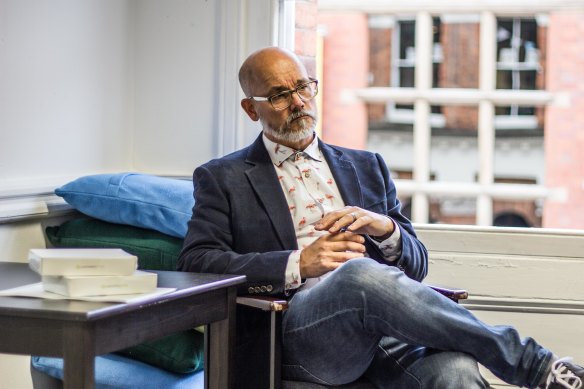
Brad Argent of the genealogy website ancestry.com.
In the future, as things stand, it may not be quite so straightforward to trace your roots. Adoptees and same-sex couples have forced some change already, but technological advances, including existing practices such as surrogacy and IVF, mean what information goes on to a birth certificate is urgently in need of a further rethink.
It is not just a matter of being able to trace your ancestors to see what your grandfather looked like or did for a living. In the future, the ability of an individual wanting to trace their background to ascertain “where they came from” may be severely handicapped. Already individuals are increasingly turning to DNA and genetic genealogists in a bid to learn the truth about their conception.
Brad Argent, family history expert at the genealogy website ancestry.com, says already a child can come into the world with five potential “parents” – an egg donor, a sperm donor, a surrogate mother, and two adoptive parents. This child could have 10 potential “grandparents”.
“This situation is an outlier today, but in 200 years, this scenario or variations on its theme are likely to be more common,” he says. “Some branches of the family tree of the future could become very, very simple. Advances in human parthenogenesis [the ability to create offspring without the need for external genetic material] could create a world where anyone, regardless of their biology, can create life. The development of artificial wombs creates interesting possibilities – not to mention the development of synthetic embryos.”
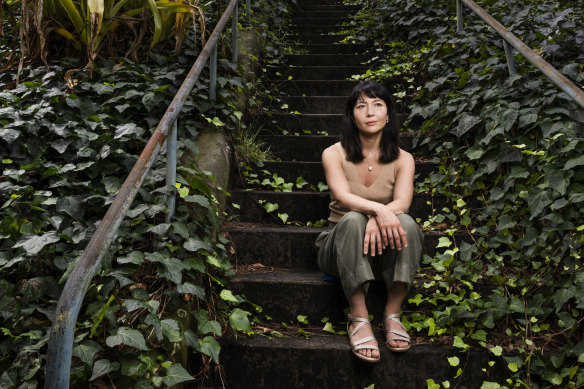
ABC presenter Sarah Dingle spent 10 years of her life trying to find out who her biological father was.
ABC presenter Sarah Dingle, author of Brave New Human, The Dirty Reality of Donor Conception, was conceived by anonymous sperm donation at the fertility clinic at Royal North Shore Hospital and spent 10 years finding, and finally meeting, her biological father.
She was 27 when she learnt that her identity was a lie. Over dinner one night her mother casually mentioned to Sarah how she had been conceived.
Her birth certificate names her biological mother and her social father. She was raised as an only child but now knows she has numerous half-siblings. She has given evidence to a NSW parliamentary inquiry in relation to birth certificates and donor conception.
“No one from the government, the medical profession or in the law has given me the answers as to what they did at the Royal North Shore Hospital and at other clinics around the state to make babies, and no one has given me the answers as to what they did to make me,” she says.
“The only thing that has given me the answer was direct consumer DNA testing, and this is quite common for donor-conceived or adopted people. There are more donor-conceived people now finding out who their family are from DNA testing than from any official source of records. For people like us, this is the only way we have to find family.”
“When it comes to donor conception, all birth certificates in this country are a lie. This is a horrendous thing because a birth certificate is a cardinal document from which all other forms of identification are derived, and it is the only opportunity a state has to tell its citizens the truth.
“Record social parents on a birth certificate, absolutely fine, have five people on there, I don’t care, but there should always be clearly named the biological mother and the biological father.
“We are already expanding the classes of donor-conceived people. Last year the Australian government passed a law to allow mitochondrial DNA donation, which is where you create what is has been termed three-parent babies. We don’t have legal guarantees for all Australian donor-conceived people to know their donors as it stands. There are no accompanying safeguards that those children will be allowed to know the third person involved in their conception.
“Most adoptees can access full records of both social and biological parents, so why is it so different for donor-conceived people?”
Sydney family law specialist Sarah Bevan frequently sees the complexities around what goes on the birth certificate in same-sex relationships.
For two women, the biological mother is named as well as the partner, but the donor father is not.
A single woman would be the only person named, again without the male donor named. It would be rare for the man to be named, she says.
“The legislation says in a lesbian couple the other mother is recognised as a parent,” says Bevan.
“A lot of people have written agreements [to protect legal positions] so their kids will be able to refer to their biological parents’ agreements with each other, but there is a lot who don’t have those agreements, so they are left wondering ‘Who I am? Where do I come from?’ Families break down, so maybe 10, 15 years later, finding out information, where parents might have died or become estranged from each other, it is nigh on impossible.”
She agrees “absolutely” that the situation will only get more complicated. “It is basic human rights for children to know where they came from, and that should be able to be encapsulated in a birth certificate.
It is basic human rights for children to know where they came from, and that should be able to be encapsulated in a birth certificate.
“We often have rainbow families where you have got gay couple dads donating sperm to lesbian couple mums and they have a co-parenting type of arrangement. Why shouldn’t the non-donor dad be recognised also on the birth certificate?
“Laws are always way behind technological advances. We are always playing catch-up, but I don’t see anything happening anytime soon.
“A recent example I dealt with was where the donor father had gone off and provided sperm to a number of women, single women and a few lesbian couples, and his wife, with whom he had children, only found out after. She was hugely traumatised by the fact that now their children had a significant number of half-siblings.
“I think the birth certificate should recognise how the child came about; if there was a surrogate, egg donor or sperm donor, that should all be recorded so that the child has a means of identification. Some would argue that it is intrusive to be putting all of this on the birth certificate, so we could have a supplementary document that goes along with it. I think that is probably the better option.”
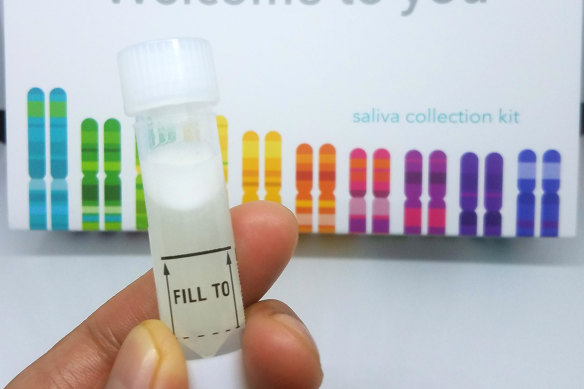
More people are having their DNA sequenced by commercial groups.
In the absence of more explicit information on birth certificates here in Australia, genetic genealogists can work out who the biological parent is even if those individuals themselves have not done a DNA test. Armed with the DNA from an individual trying to trace their lineage, they can cross-reference their probable parent because so many people have sequenced their DNA on commercial databases.
Carole Riley runs the business Heritage Genealogy in Hornsby and says she has never been busier.
“How family trees work now is already a problem,” she says. “The family history program that I use, The Master Genealogist, does allow for different types of relationships, but [the software] is no longer supported, and I haven’t found anything to replace it.
“A lot of my research is when people do a DNA test, and it will give you names of people who your DNA matches with and an estimate of how closely they are related to you. They give you a reading of centimorgans, and the more you have in common the closer you are related.
“But the odds of them being close matches because the odds of someone close to the individual also having done a DNA test, are pretty small. It is time-consuming work.”
She supports the idea of modernising birth certificates. “I think everyone involved [in a conception] should be on the birth certificate. People really need to know who they are. If the individual ends up with some strange disease it might have come from [a donor] … and doctors often ask you is there any of this in your family.”
Ruth Graham, chief executive at the Society of Australian Genealogists, said although historians want good access to records, more liberal access to information carries the risk of identity theft and misuse by perpetrators of domestic violence.
“Even though a lot of records are easily accessed at the click of a button, you do need to have a level of certainty that you have got the right people,” she says. “You do have to put the pieces of the puzzle together very carefully with a triangulation of sources.
“The more people that do DNA tests and put them up on sites like Ancestry and MyHeritage the more interesting it is, as the sample size increases so the companies get a better understanding of the different DNA around the world.”
Argent is open-minded about what the future could bring. “Advances in cloning could allow us to ‘recreate’ long-dead relatives, and we could see situations where a great-great-grandparent is ‘re-actualised’ via an artificial womb.
“It would be interesting, but complex, to try and draw a family tree from 200 years in the future that factored in all the above.”



